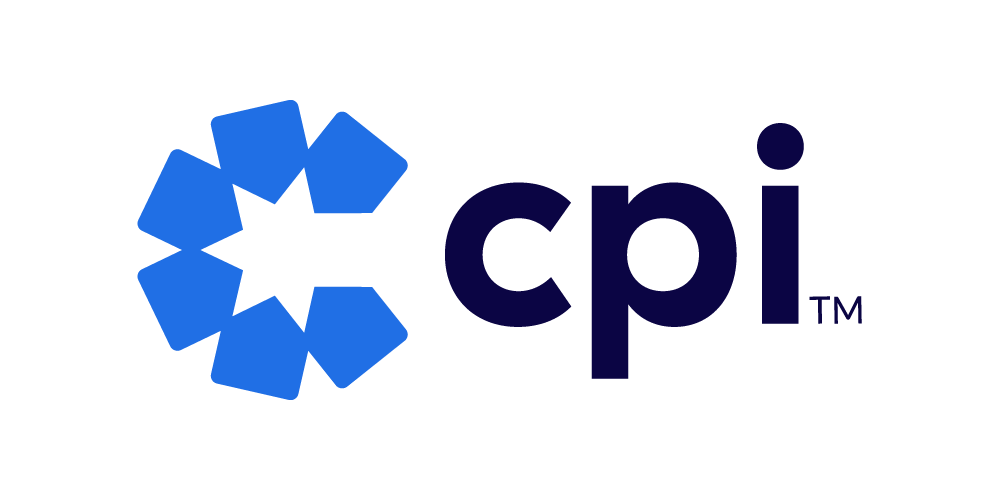
A joint research team from Broomfield-based Quantinuum, JPMorganChase, Argonne National Laboratory, Oak Ridge National Laboratory and the University of Texas at Austin published a paper in Nature, marking a significant milestone in the application of quantum computing.
The researchers successfully demonstrated a potential application of a quantum computer by generating Certified Quantum Randomness. This achievement has practical implications across various industries, including cryptography, fairness and privacy.
The team conducted the first successful demonstration of a novel quantum computing protocol, realizing a certified-randomness-expansion protocol using Random Circuit Sampling (RCS). This process outputs more randomness than it inputs, a task unachievable by classical computation. Utilizing the 56-qubit Quantinuum System Model H2 trapped-ion quantum computer, the team accessed high-fidelity and all-to-all qubit connectivity to generate certifiably random bits over the internet.
The protocol involved two steps. Initially, the team generated challenge random circuits and sent them to the quantum computer, which quickly returned corresponding samples. The response time was rapid, making classical simulation impossible in the same timeframe. Secondly, the randomness was mathematically certified using classical supercomputers, confirming that it could not be replicated by classical methods. A total of 71,313 bits of entropy were certified using supercomputers with a combined performance of 1.1 ExaFLOPS.
“This work marks a major milestone in quantum computing, demonstrating a solution to a real-world challenge using a quantum computer beyond the capabilities of classical supercomputers today,” said Marco Pistoia, head of global technology applied research and distinguished engineer, JPMorganChase.

